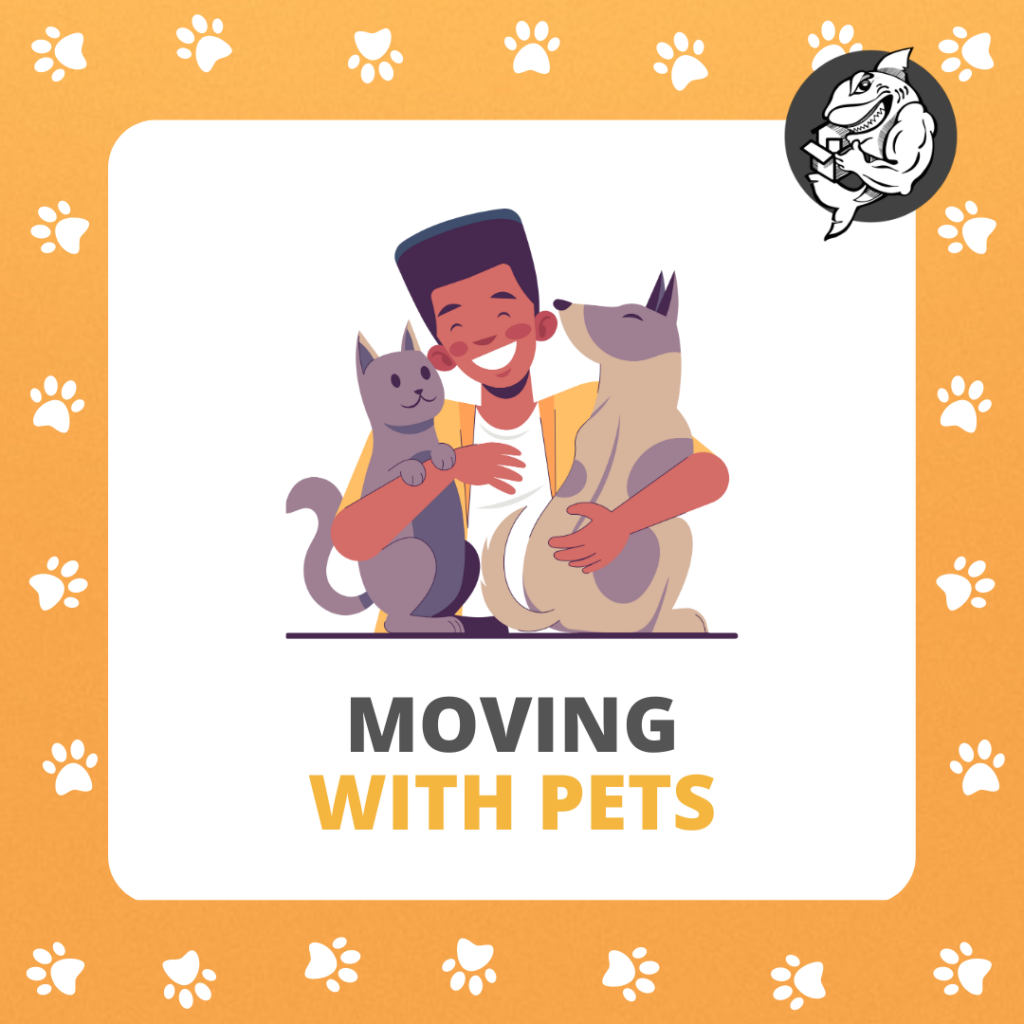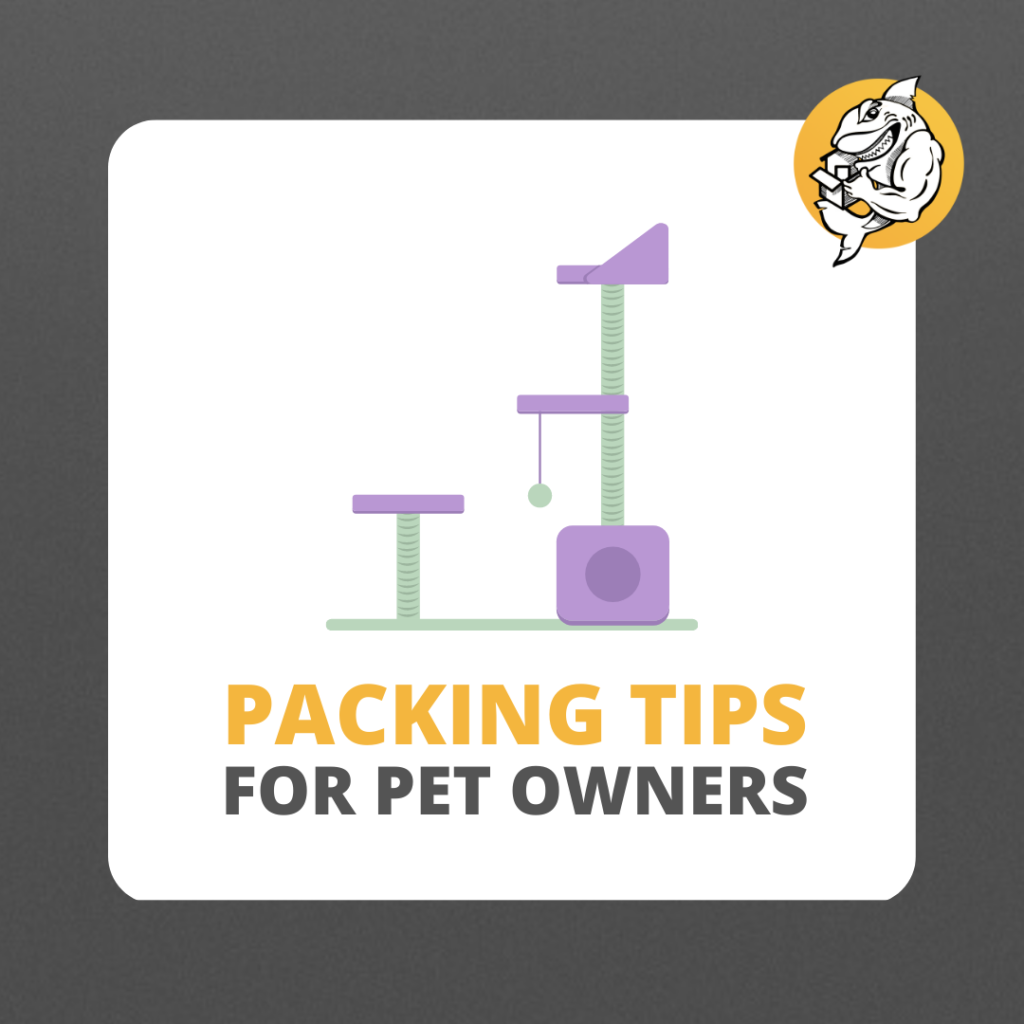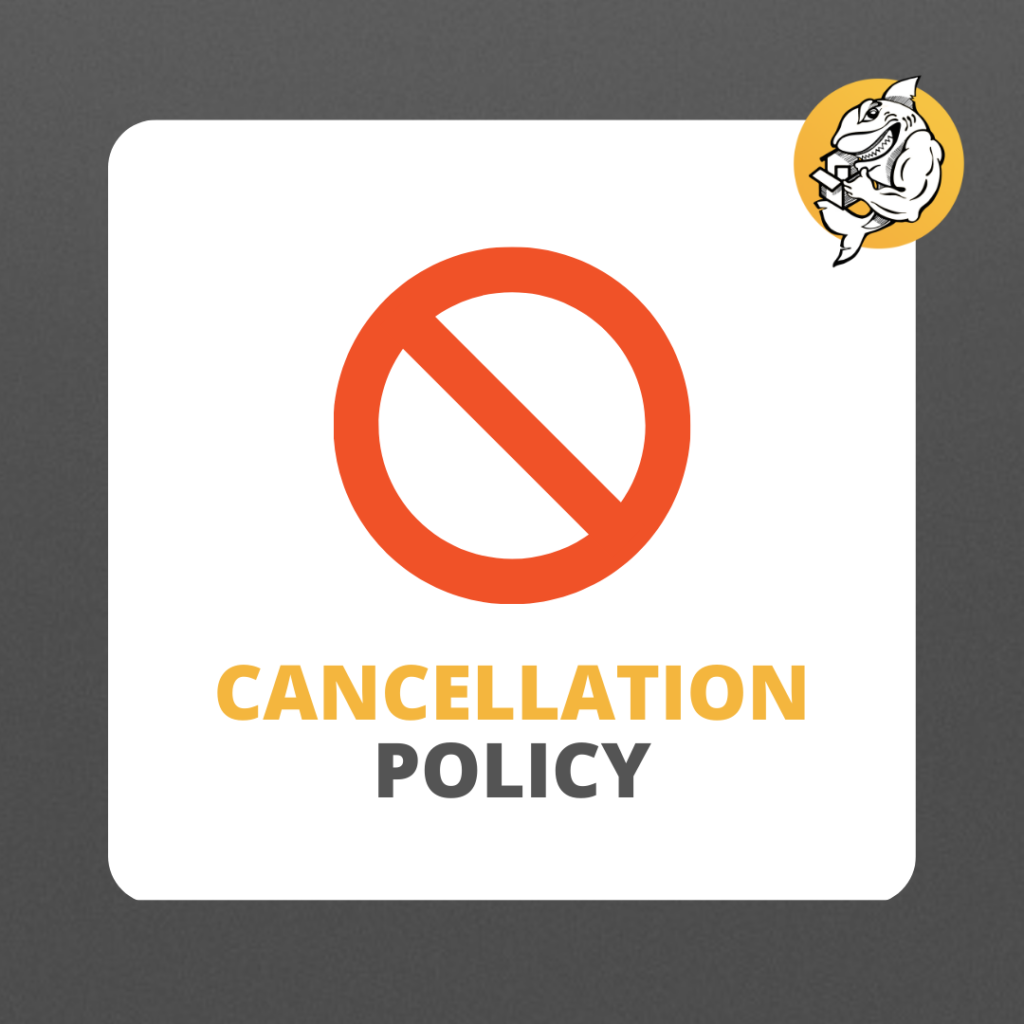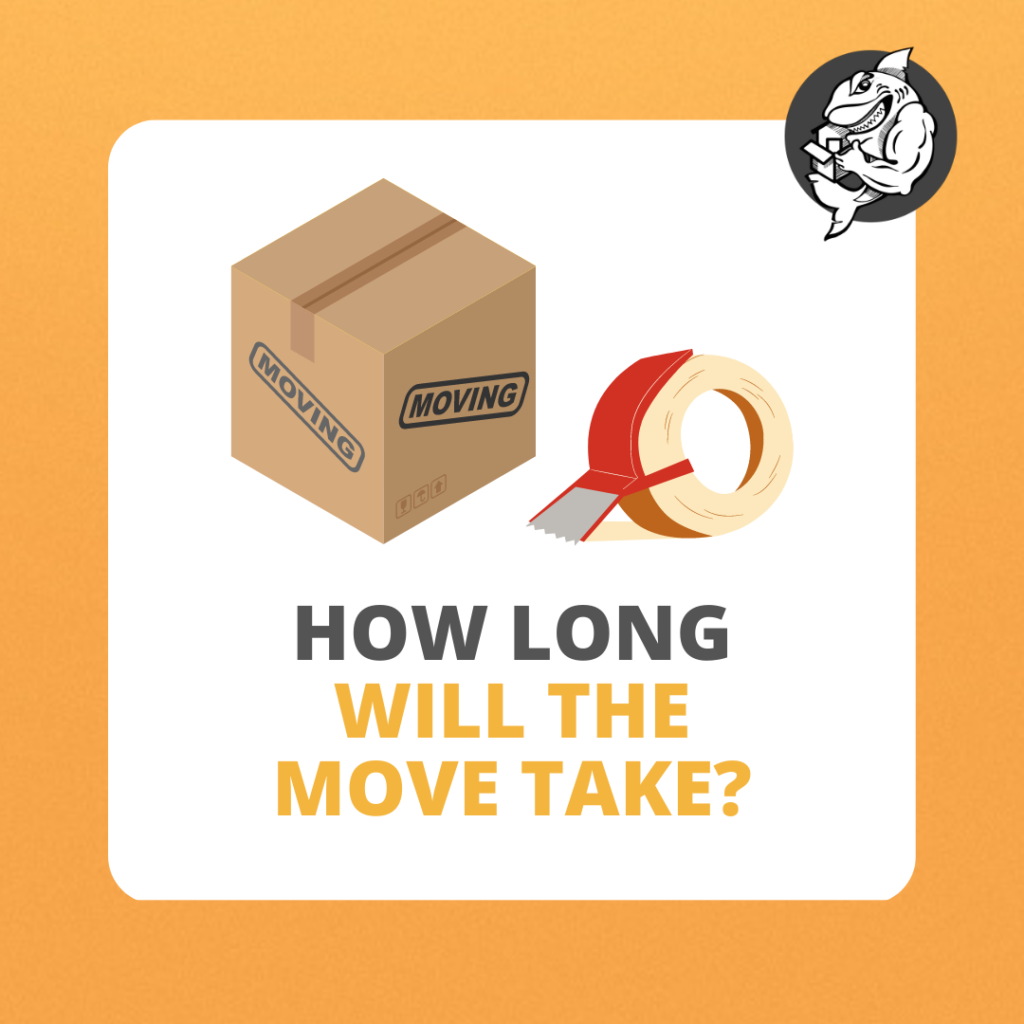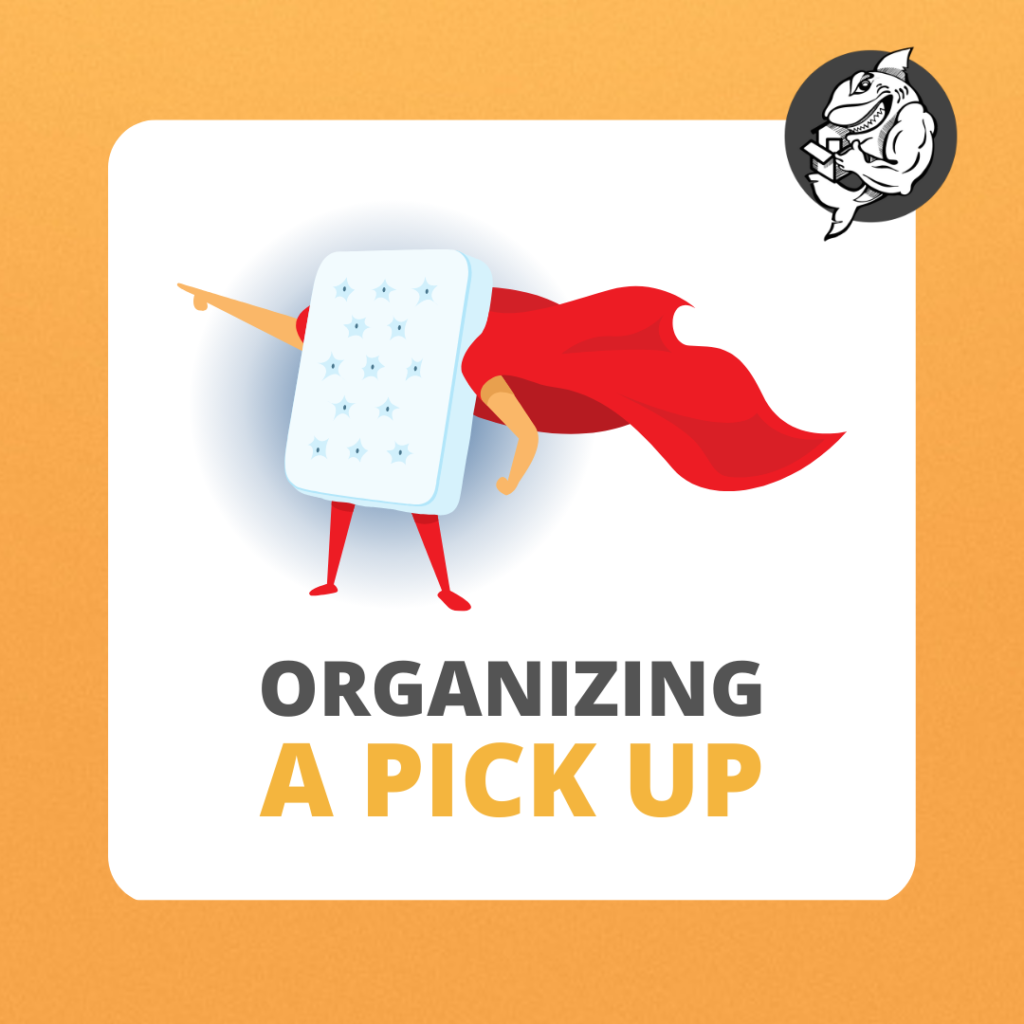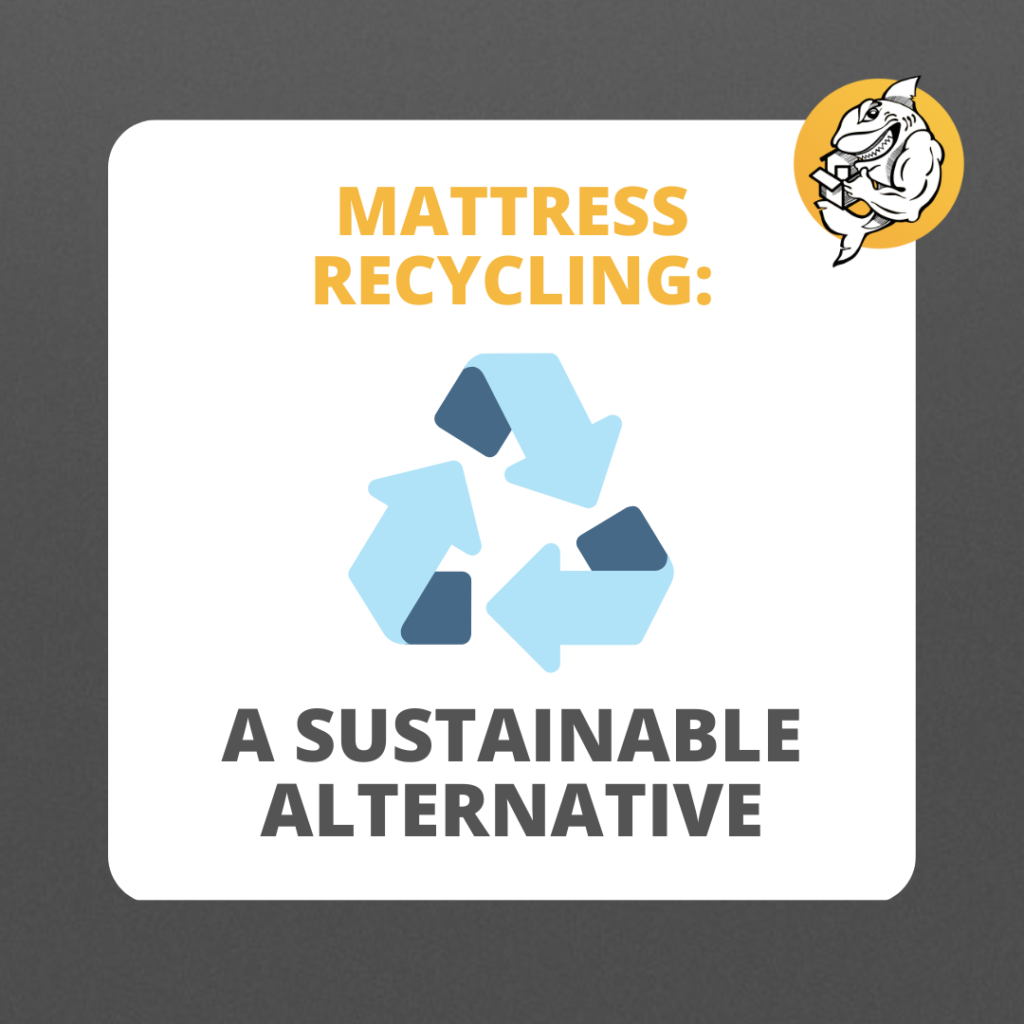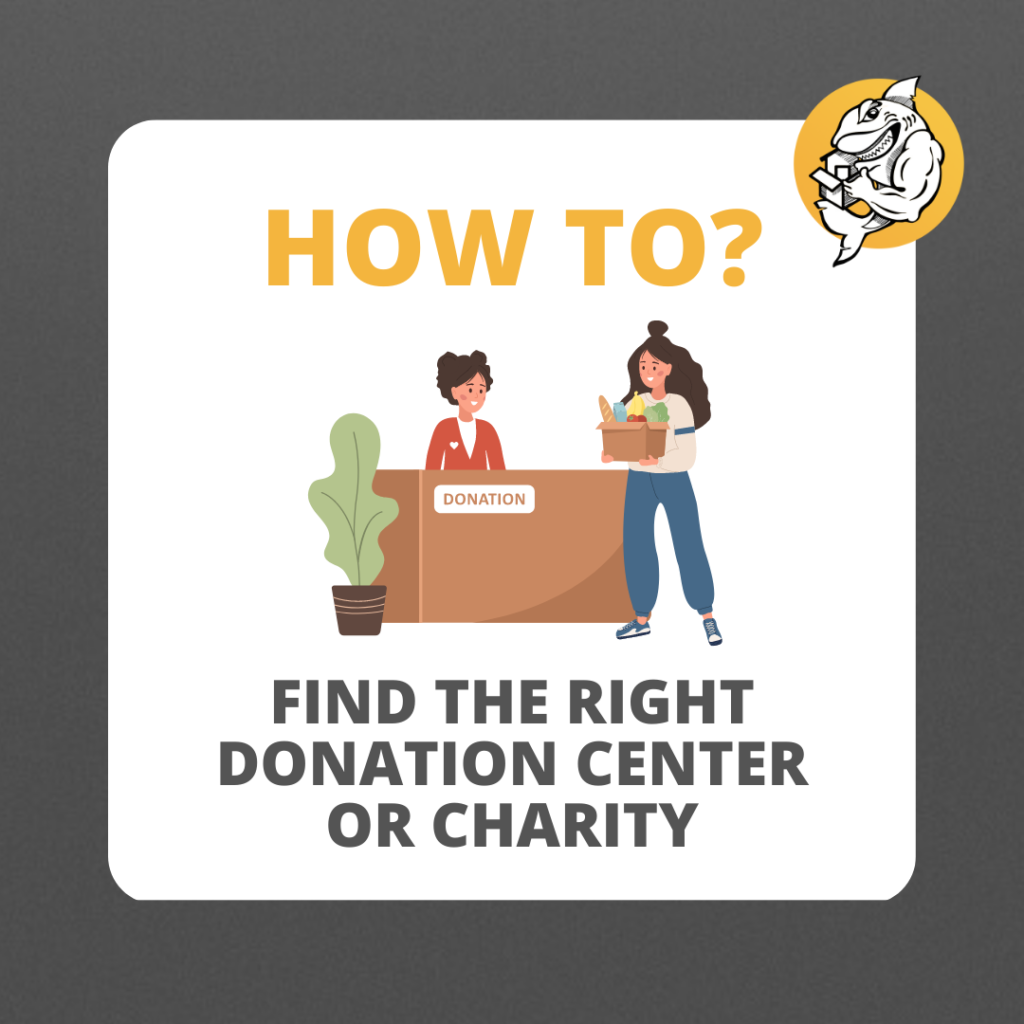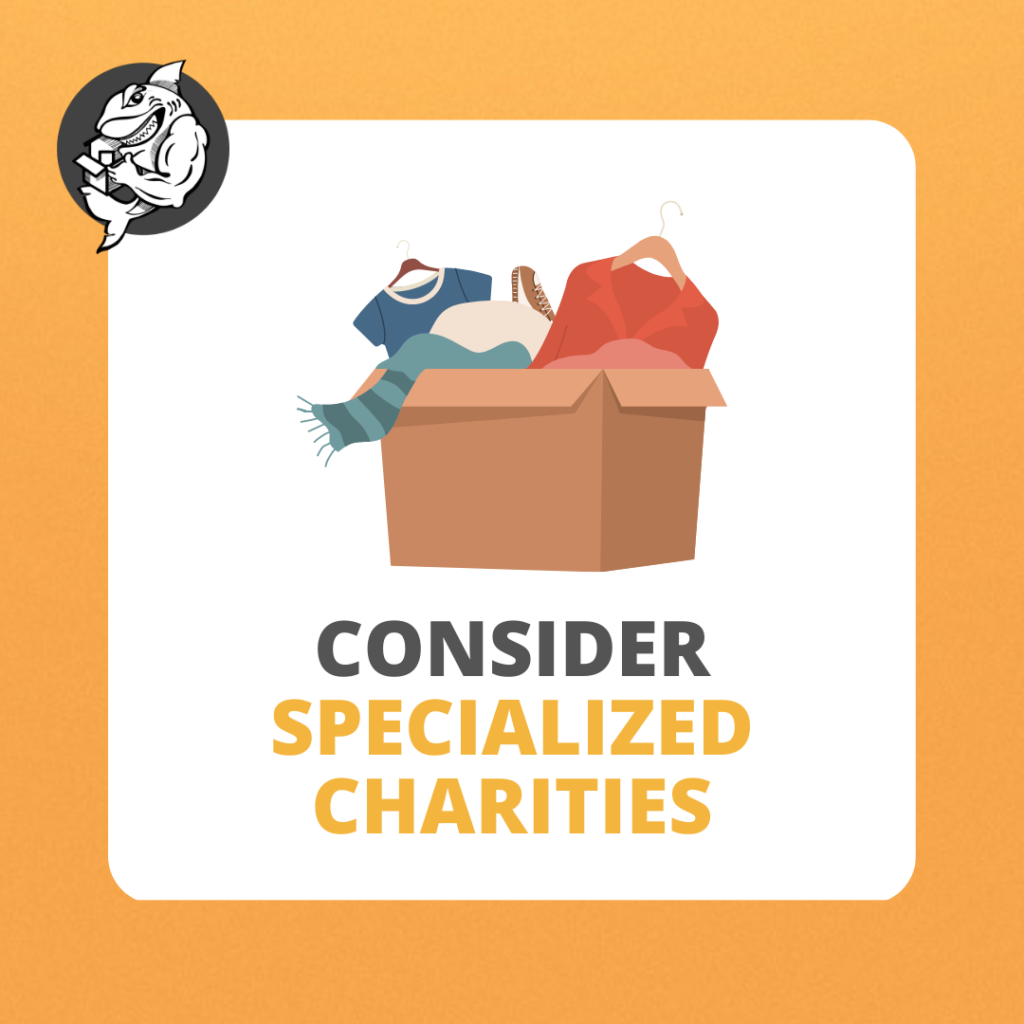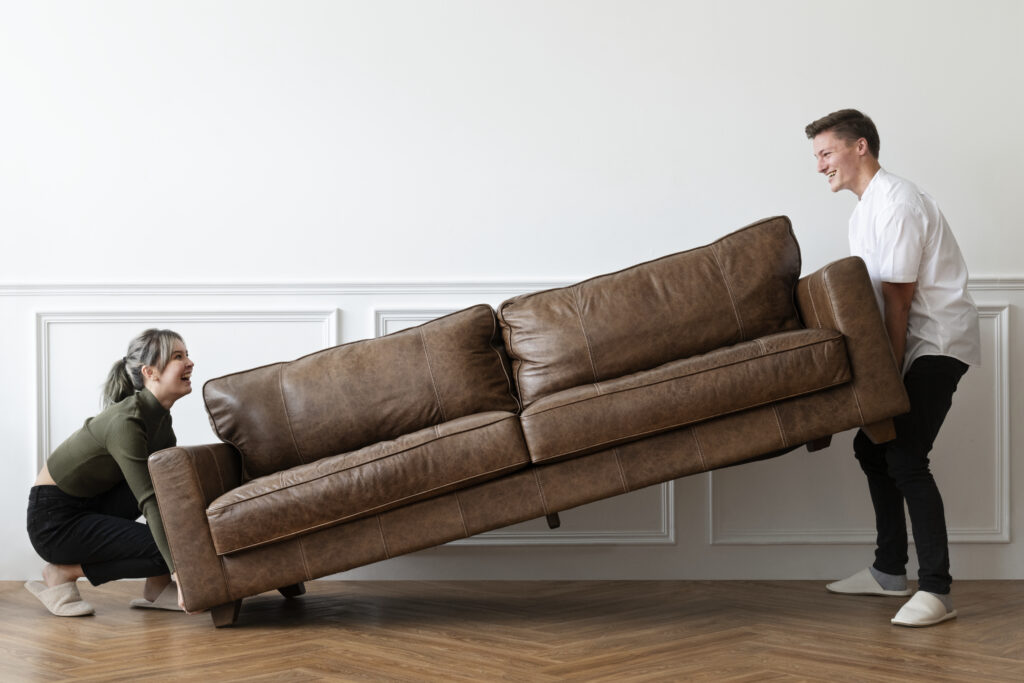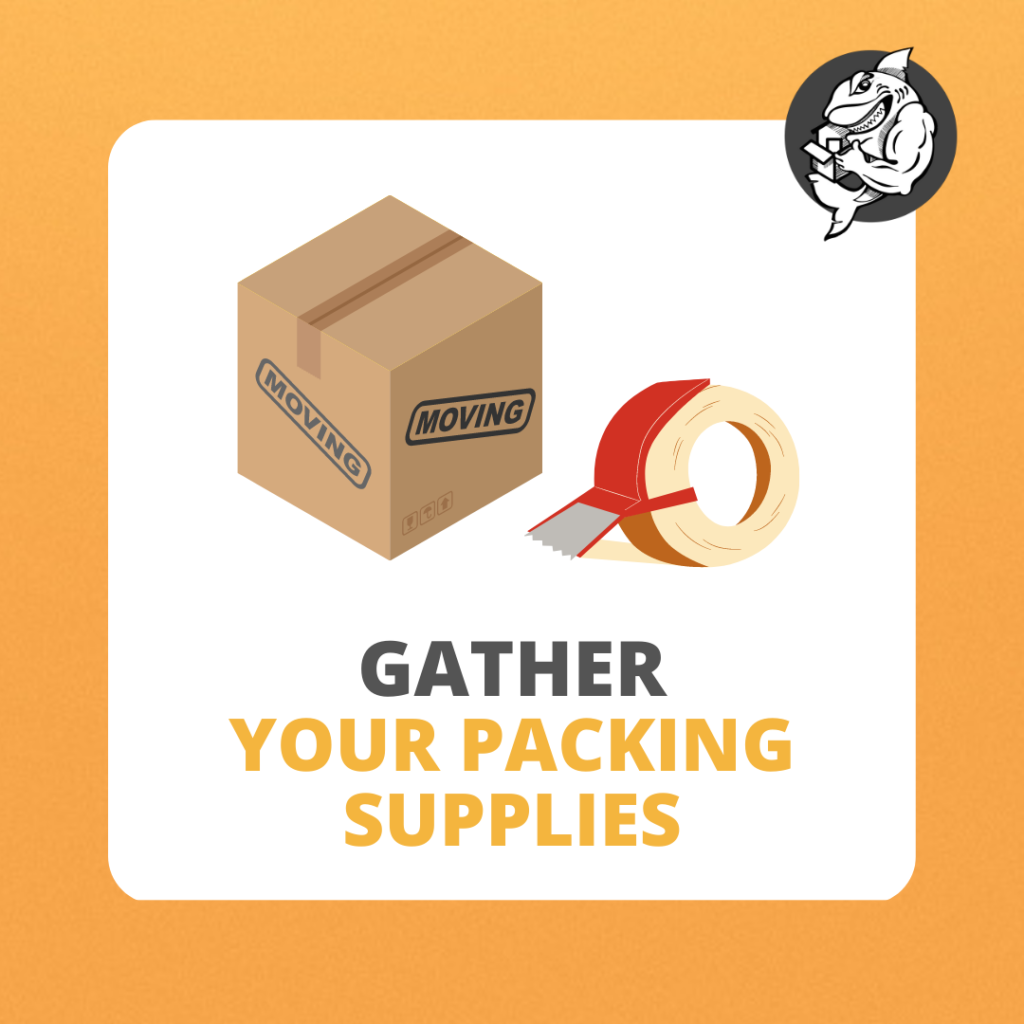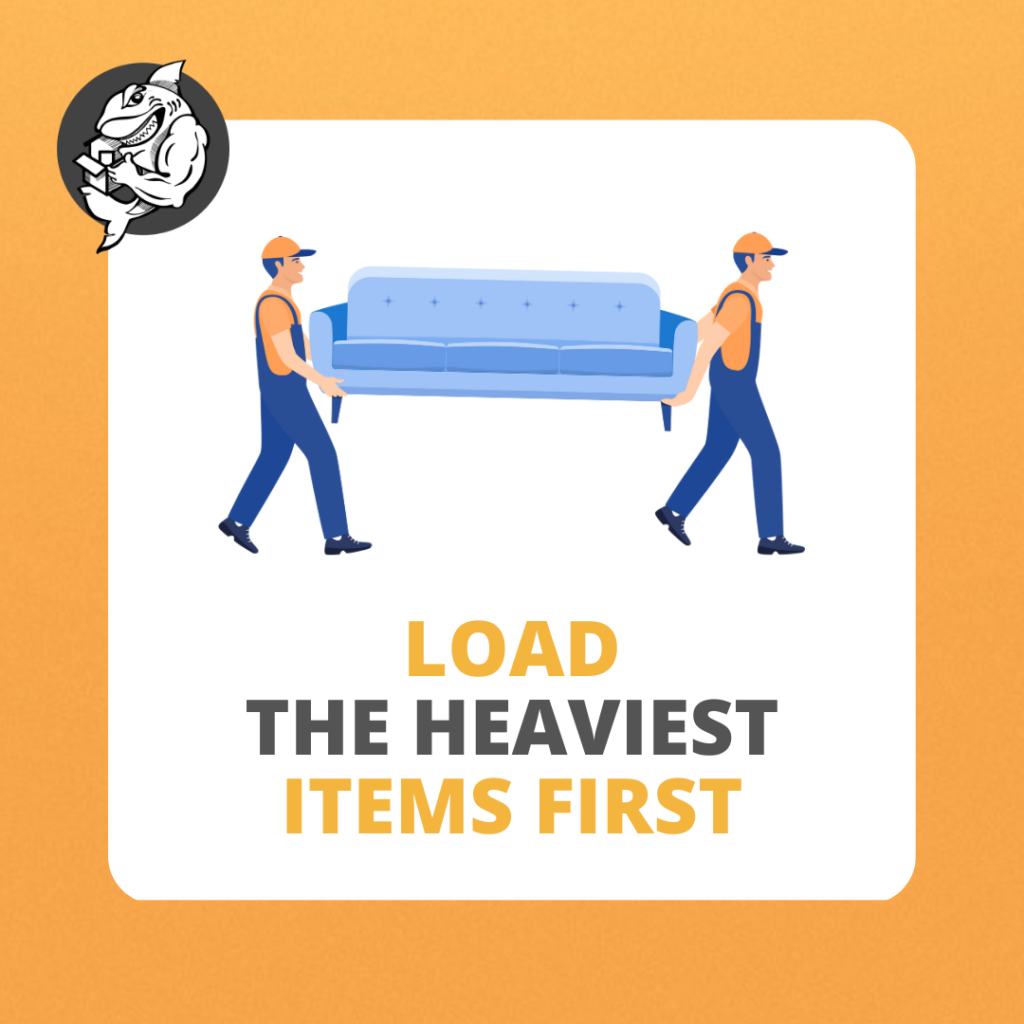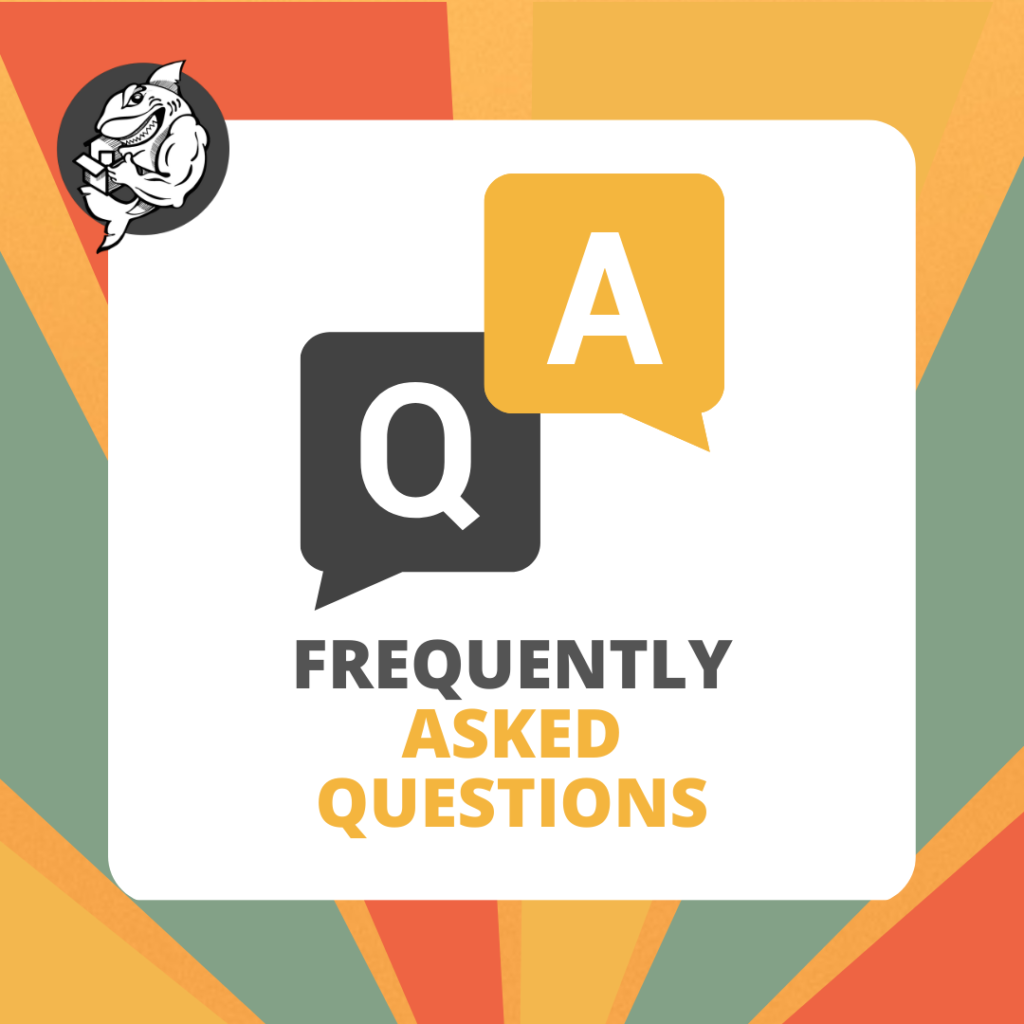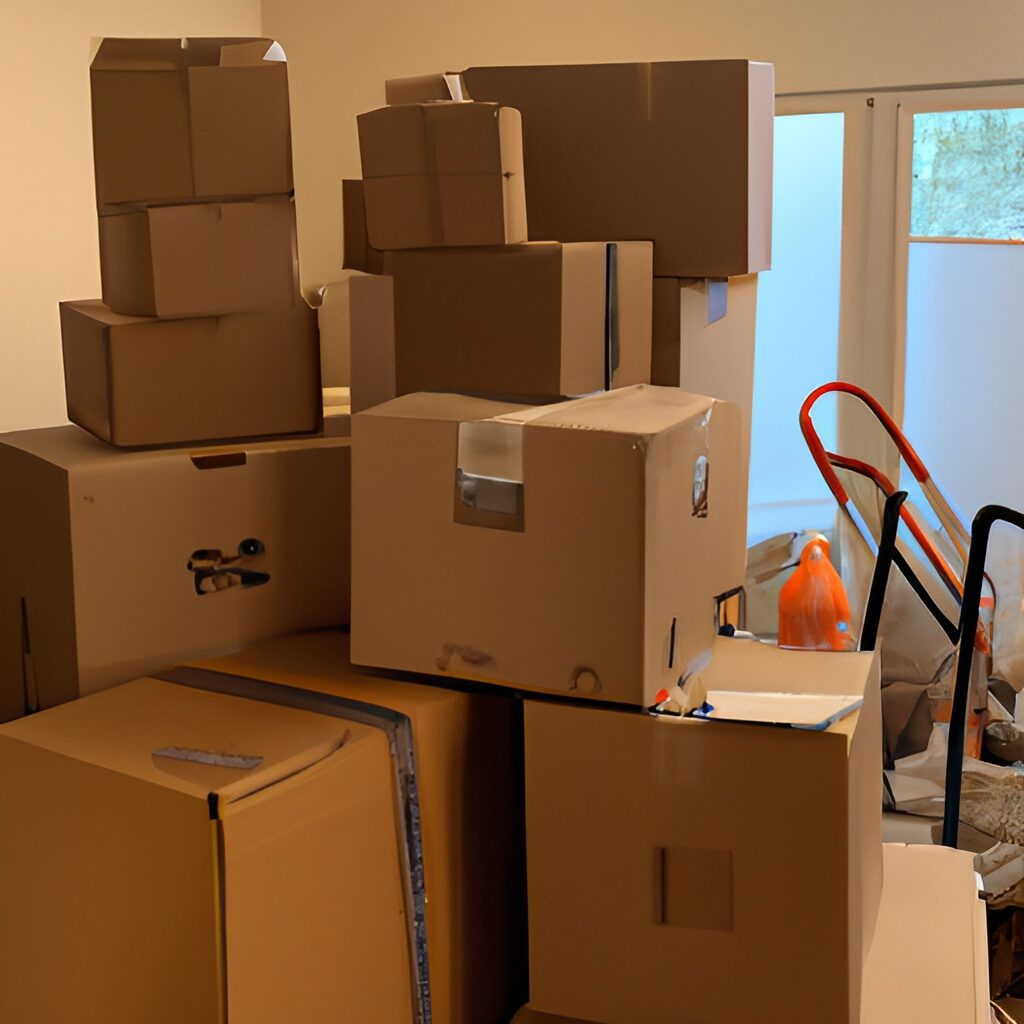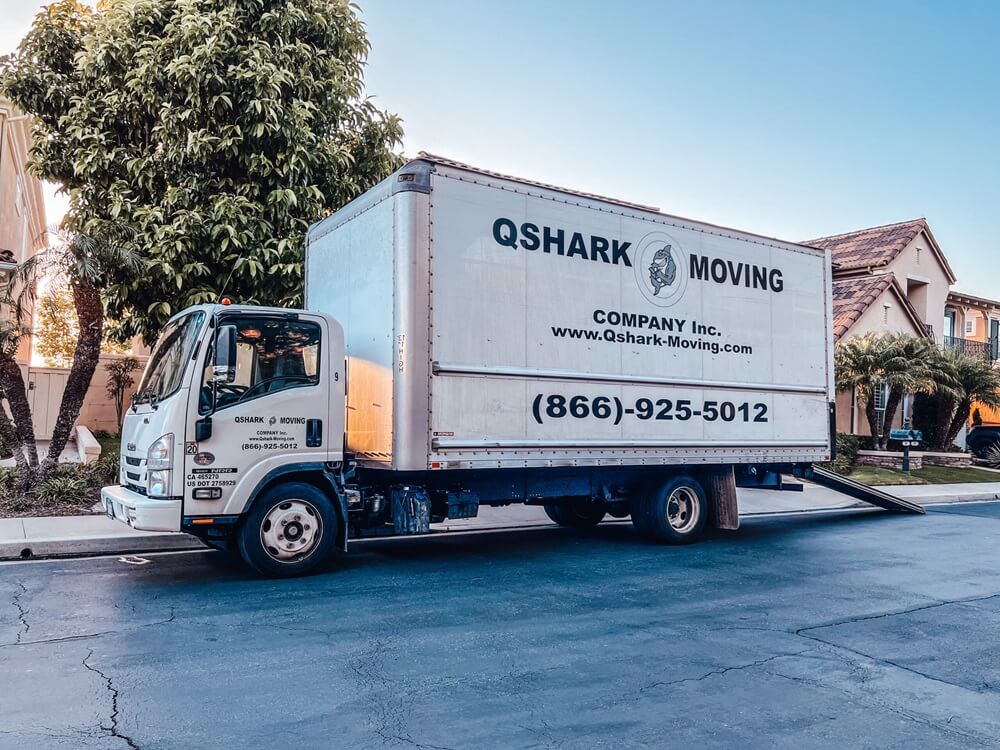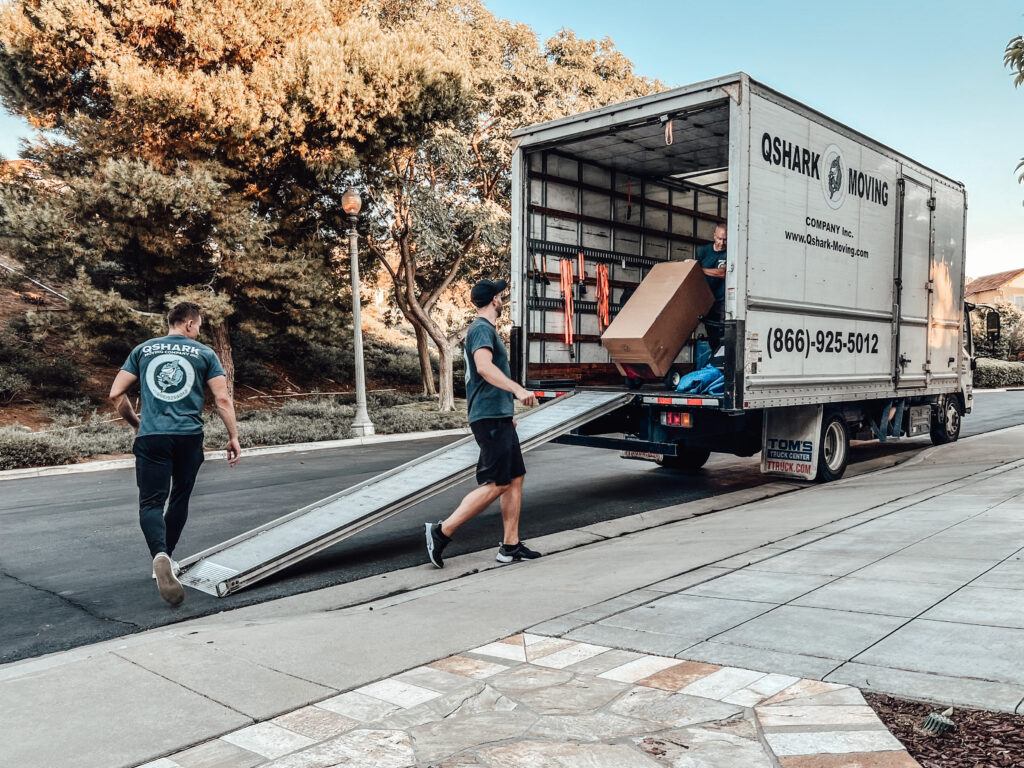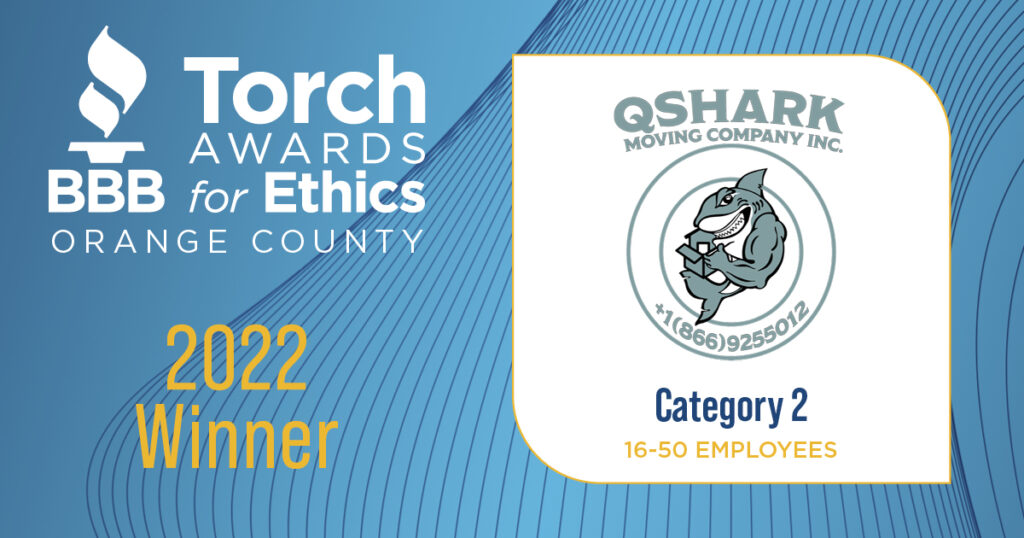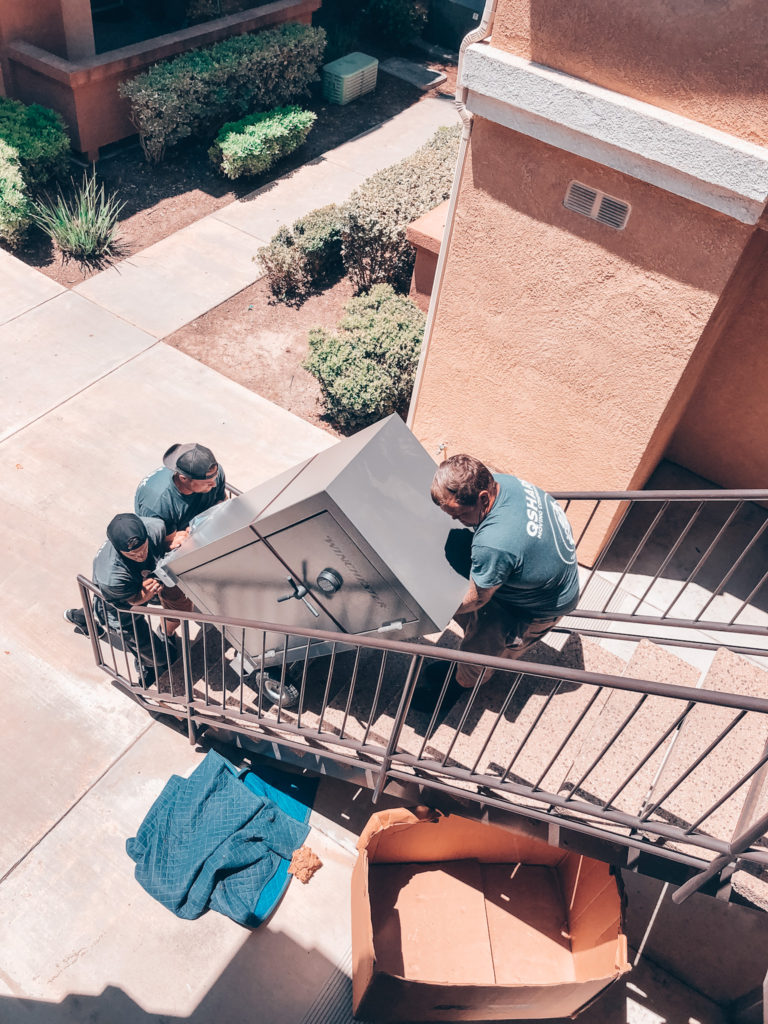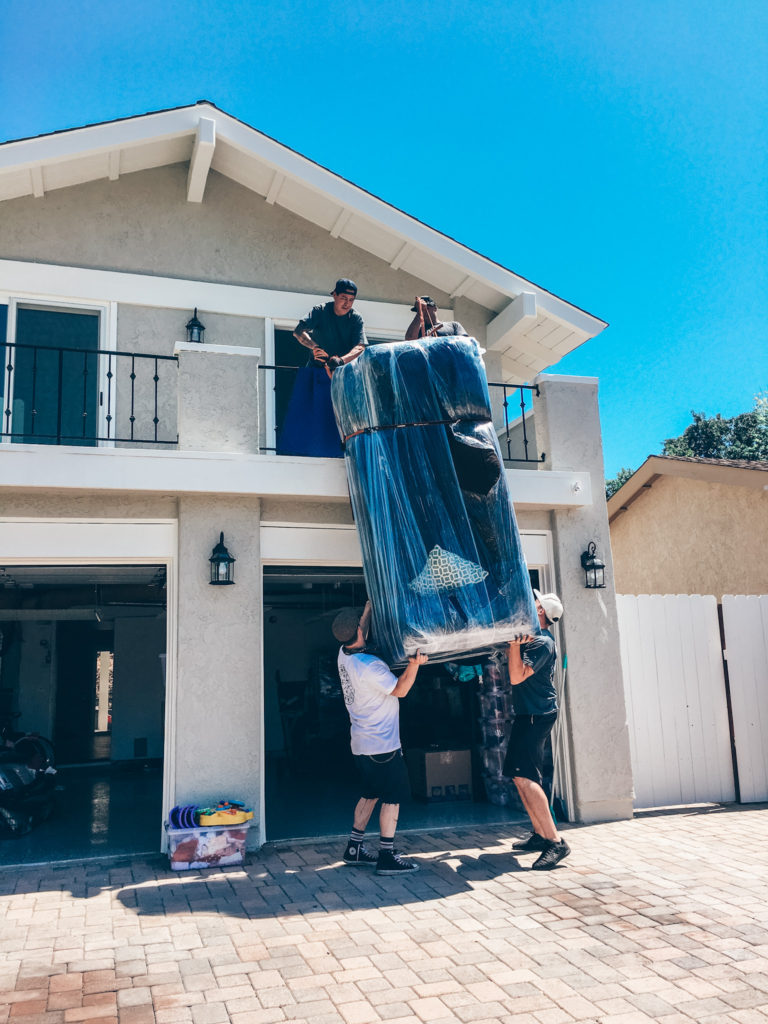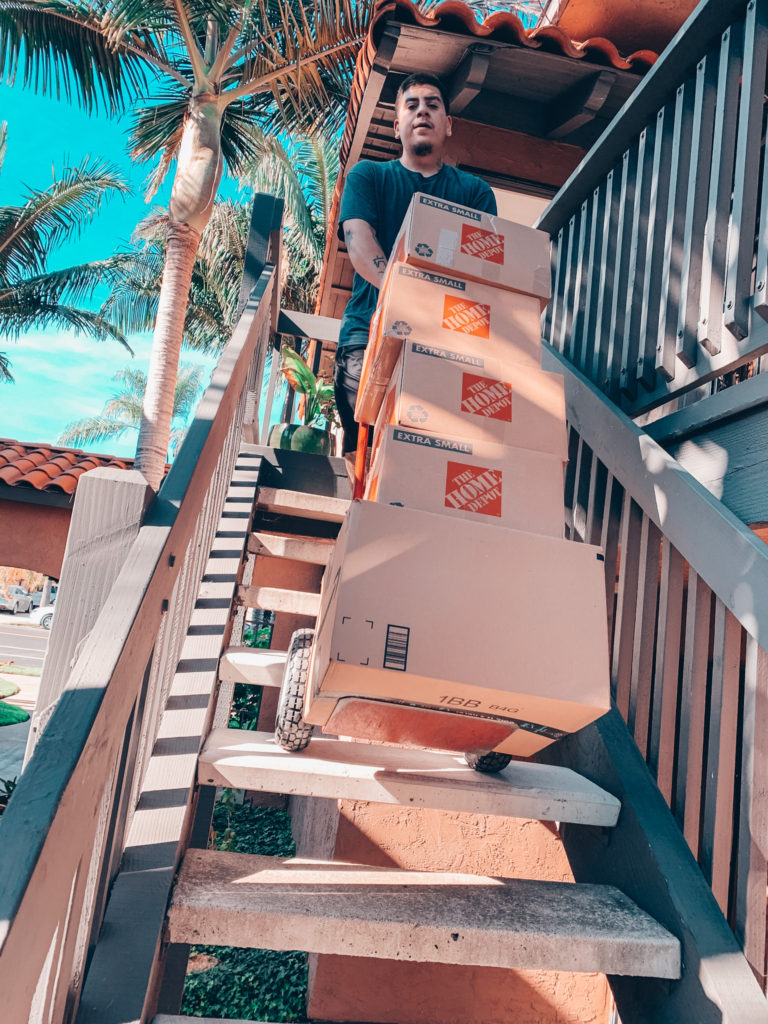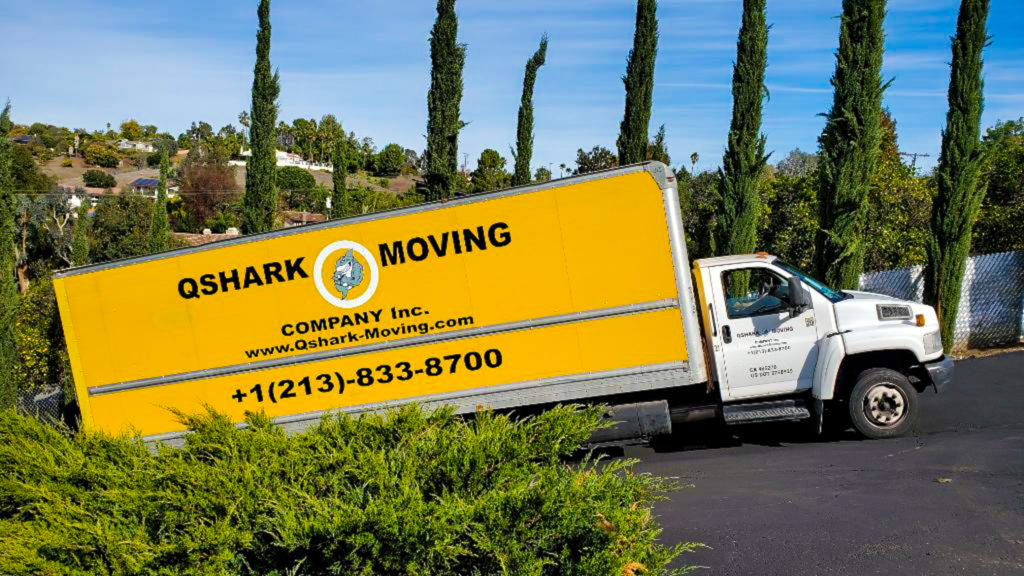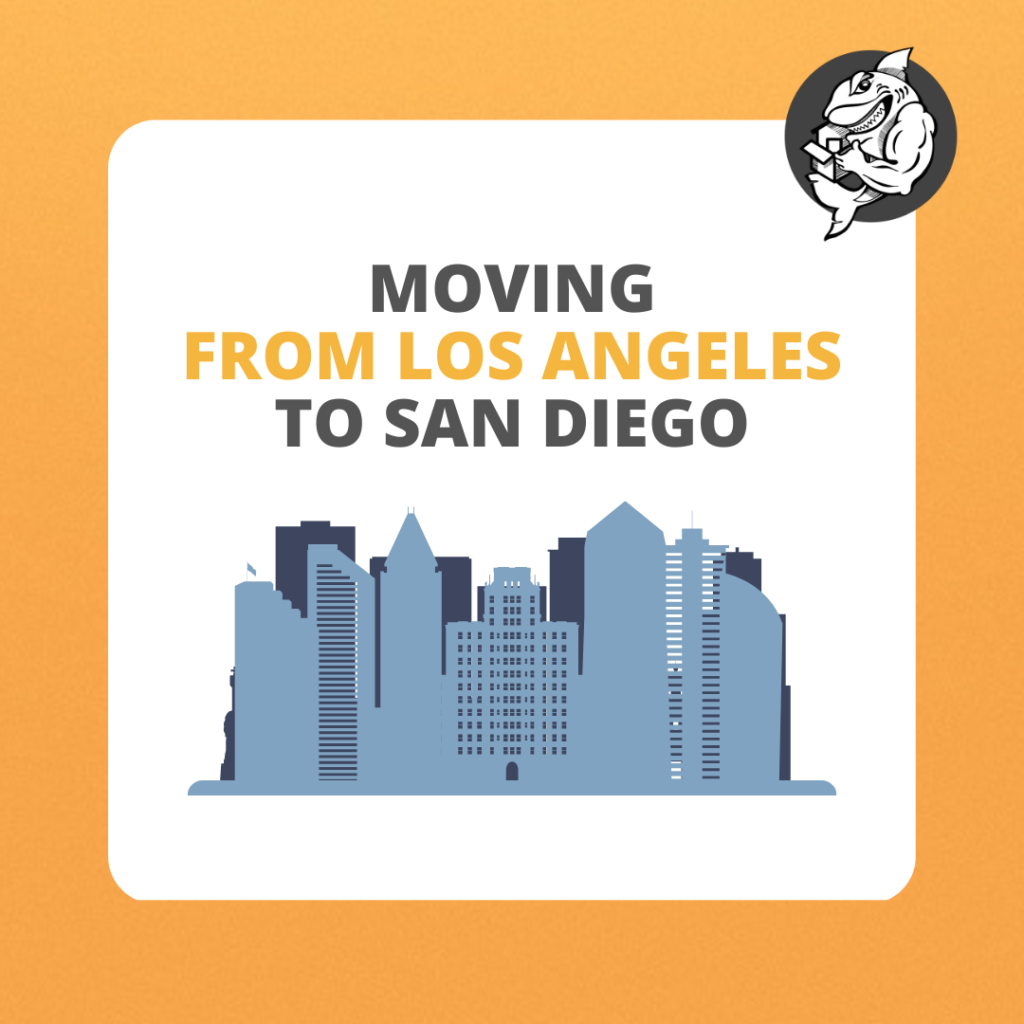

Moving from Los Angeles to San Diego
Moving from Los Angeles to San Diego is a significant life change that requires careful planning and consideration. Qshark Moving Company has built an extensive knowledge base by completing over 2,000 successful moves between these cities. With our expertise, we can help make your transition smooth and stress-free.
In recent years, the trend of people moving from LA to SD has been steadily increasing. According to data, thousands of people choose to move each year, attracted by San Diego’s relaxed lifestyle, beautiful scenery, and more affordable cost of living. As a result, Qshark Moving Company has become the go-to choice for many of these movers, owing to our commitment to customer satisfaction, competitive pricing, and high-quality services.
By leveraging our experience and conducting in-depth research, we aim to provide valuable insights and practical tips to ensure a successful move. This comprehensive guide will explore factors to consider when moving from LA to San Diego, including the costs involved, popular neighborhoods, and the best ways to get around. We will also guide you on hiring the right moving company and preparing for your move so that you can confidently start your new life in San Diego.
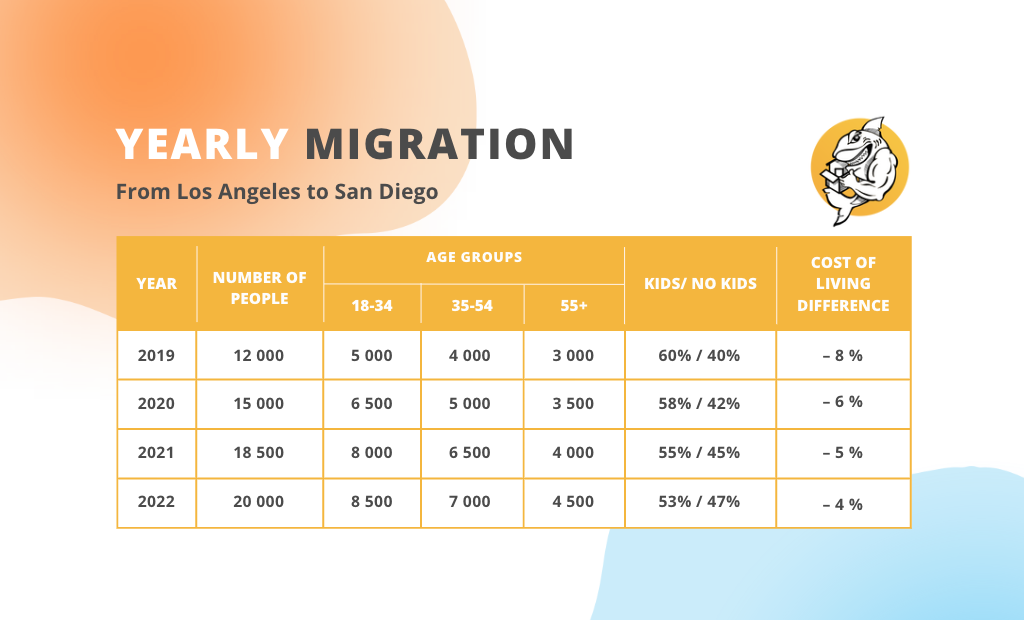

Los Angeles and San Diego Comparison
A. Cost of living
Comparing the cost of living between Los Angeles and San Diego can help you better understand the financial implications of your move. Here are some key differences to consider:
- Housing: San Diego generally offers more affordable housing options compared to Los Angeles. However, both cities have a range of neighborhoods with varying costs.
- Transportation: While public transportation is available in both cities, many residents in both LA and SD rely on cars for commuting. Gas prices and car insurance rates may be slightly lower in San Diego.
- Everyday Expenses: San Diego tends to have a lower overall cost of living, with more affordable groceries, utilities, and dining options compared to Los Angeles.
B. Job market
Both Los Angeles and San Diego have thriving job markets, but they differ in the industries that dominate each city:
- Los Angeles is known for its entertainment industry and technology, healthcare, and finance sectors.
- San Diego has a strong presence in biotechnology, healthcare, military/defense, and tourism.
When moving, it’s important to research the job opportunities in your field and consider the distance between Los Angeles and San Diego when exploring potential commutes.
C. Quality of life
The quality of life varies between Los Angeles and San Diego, with each city offering its unique advantages:
- Los Angeles: A bustling metropolis with a rich cultural scene, countless entertainment options, and world-famous landmarks.
- San Diego: Known for its laid-back atmosphere, beautiful beaches, and outdoor recreational activities.
D. Transportation options
When considering the best way to get from LA to San Diego, you have several options:
- Driving: The distance from Los Angeles to San Diego is approximately 120 miles, with a typical drive time of 2-3 hours, depending on traffic.
- Public transportation: Amtrak’s Pacific Surfliner connects the two cities in about 3 hours.
- Flying: The flight between Los Angeles (LAX) and San Diego takes roughly an hour but may not be the most cost-effective or convenient option.
E. Schools and Education Comparison
San Diego and Los Angeles offer a variety of excellent educational opportunities for families. The San Diego Unified School District is the second-largest school district in California, while Los Angeles Unified School District is the largest. Both cities have numerous public, private, and charter schools. In terms of higher education, San Diego is home to highly-ranked institutions such as the University of California, San Diego (UCSD), and San Diego State University (SDSU). At the same time, Los Angeles boasts prestigious universities like the University of California, Los Angeles (UCLA), and the University of Southern California (USC).
F. Healthcare Facilities Comparison
Both San Diego and Los Angeles are home to numerous top-quality healthcare facilities. In San Diego, healthcare providers such as UC San Diego Health, Scripps Health, and Sharp HealthCare offer a wide range of medical services. Los Angeles also has world-class healthcare providers, including Cedars-Sinai Medical Center, UCLA Health, and Keck Medicine of USC. Both cities have a strong focus on research and innovation, with biotechnology and medical research hubs contributing to advancements in healthcare.
G. Sports and Entertainment Comparison
San Diego and Los Angeles both have vibrant sports and entertainment scenes. San Diego is home to the San Diego Padres, a Major League Baseball team that plays at Petco Park. Los Angeles boasts multiple professional sports teams, including the Los Angeles Dodgers in baseball, the Los Angeles Lakers and Los Angeles Clippers in basketball, and the Los Angeles Rams and Los Angeles Chargers in football. Both cities host various events and festivals throughout the year, such as San Diego Comic-Con in San Diego and E3 in Los Angeles.
H. Climate Comparison
San Diego enjoys a pleasant Mediterranean climate, with mild winters and warm, sunny summers. The average high temperature in San Diego ranges from 65°F (18°C) in January to 76°F (24°C) in August. In comparison, Los Angeles experiences a slightly warmer climate, with average high temperatures ranging from 68°F (20°C) in January to 84°F (29°C) in August. San Diego’s coastal location contributes to cooler, more comfortable temperatures throughout the year, thanks to the refreshing ocean breeze. More detailed climate information can be found at Climate-Data.org.


Moving to San Diego from Los Angeles
A. Reasons for moving
People are increasingly opting to move to San Diego from Los Angeles for a variety of reasons. Some of the most common motivations include:
- Better quality of life: San Diego is known for its laid-back atmosphere, beautiful beaches, and diverse outdoor activities.
- Lower cost of living: While both cities can be expensive, San Diego is generally more affordable than Los Angeles in terms of housing, transportation, and everyday expenses.
- Career opportunities: San Diego has a thriving job market, particularly in industries such as biotechnology, healthcare, and military/defense.
B. Age groups and demographics
Data shows that people of all ages are moving from LA to SD, with the following age groups being the most common:
- Young professionals (ages 25-34)
- Families with children (ages 35-44)
- Retirees (ages 65+)
C. Popular areas and neighborhoods
When moving to San Diego, it’s essential to consider which neighborhoods best suit your lifestyle and preferences. Some of the most popular areas for newcomers include:
- La Jolla: An upscale coastal community known for its stunning beaches and picturesque views.
- North Park: A trendy, urban neighborhood with a vibrant arts scene, diverse dining options, and craft breweries.
- Carmel Valley: A family-friendly suburb with excellent schools, parks, and modern amenities.
- Little Italy: A lively, walkable neighborhood with a strong Italian heritage, charming cafes, and a bustling farmers’ market.
To find the perfect neighborhood for your needs, it’s important to research factors such as the distance from Los Angeles to San Diego, local amenities, and the overall vibe of each community.
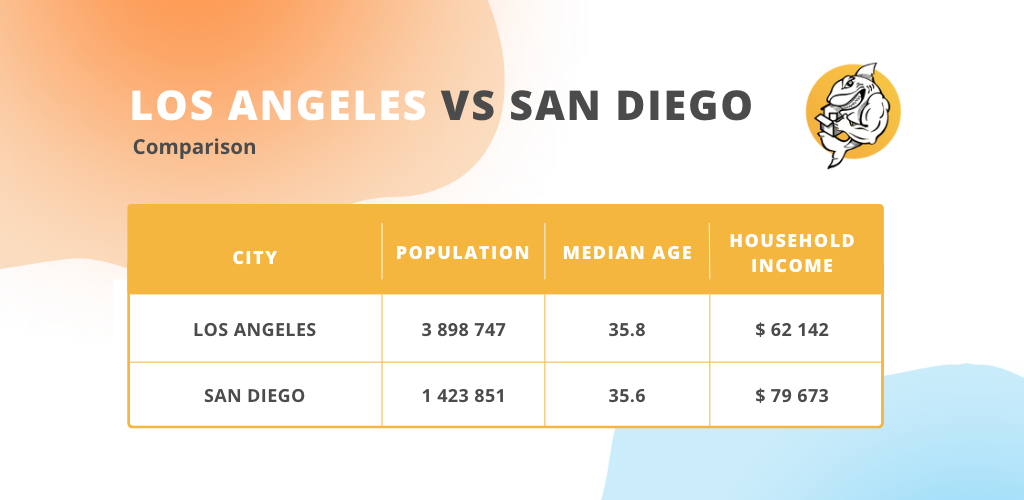

San Diego Moving Company Cost
When moving from Los Angeles to San Diego, finding a reputable San Diego moving company is essential to help you navigate the process. San Diego movers, such as the highly-rated Los Angeles movers, are experienced in handling long-distance moves and can help make your relocation as smooth as possible.
The Benefits of Hiring Professional Movers
Hiring professional movers is wise, as they have the expertise to manage every aspect of your move, from packing your belongings to transporting them safely. By opting for a San Diego moving company that specializes in long-distance moves, you can be confident that your possessions will be well taken care of during your transition to your new city.
Getting an Accurate Quote for Moving Costs
When comparing San Diego movers, obtaining an accurate quote for moving costs is crucial. The exact cost of your move will depend on various factors, such as the distance, the size of your household, and the additional services you require. To get a free quote, most companies will ask you to provide information about your move, including the origin and destination cities, the size of your home, and any special requirements, such as packing and unpacking services.
Comprehensive Moving Services in San Diego
Moving services in San Diego are designed to make your relocation as stress-free as possible. Professional movers can assist with every aspect of your move, from packing your belongings to disassembling and reassembling furniture. Some companies also offer storage solutions, which can be beneficial if you need temporary storage while settling into your new home.
A. Factors affecting moving costs
When planning your move, it’s important to understand the factors that influence the moving costs in San Diego. Some key variables include:
- The size of your move: Larger moves generally cost more due to the number of items and the time required to pack and transport them.
- The distance of the move: The distance from Los Angeles to San Diego (approximately 120 miles) will impact the cost of fuel and transportation time.
- The time of year: Moving during peak seasons, such as summer or weekends, may result in higher prices.
- Additional services: Packing, storage, and specialty item handling (e.g., pianos or artwork) can add to your overall moving costs.
B. How much do movers cost in Los Angeles and San Diego
- Affordable moving options
Several cheap movers in Los Angeles and San Diego moving companies offer budget-friendly solutions. However, balancing affordability with quality service is crucial to ensure a seamless move. Some ways to save on moving costs include:
- Comparing quotes from multiple moving companies
- Packing your belongings yourself
- Moving during off-peak times
- Competitive pricing in the moving industry
When researching moving company prices in Los Angeles and San Diego, it’s essential to weigh the cost against the quality of service. Many reputable moving companies offer competitive pricing and personalized services tailored to your needs, ensuring a cost-effective moving experience. It’s always a good idea to request quotes from multiple companies and read customer reviews to find the best option for your move.
Embracing the San Diego Lifestyle
You won’t be disappointed if you move from Los Angeles to San Diego for better weather, outdoor activities, or impressive beaches like Del Mar and Torrey Pines. San Diego, also known as America’s Finest City, offers a more laid-back lifestyle compared to Los Angeles or even San Francisco in Northern California. Its proximity to the Mexican border means you’ll have access to some of the best Mexican food around, not to mention the thriving craft beer scenes.
In conclusion, hiring a reliable San Diego moving company is crucial if you’re planning a long-distance move from Los Angeles to San Diego. These professional movers will ensure that your moving experience is as seamless and stress-free as possible. With their assistance, you can start enjoying your new life in sunny San Diego and all the benefits this fantastic city has to offer.


Should I Move to San Diego? A Personal Take on the City
A few years ago, I decided to plunge and move from Los Angeles to San Diego. The decision was not easy, but looking back, it was one of the best choices I’ve ever made. Here’s my take on what makes San Diego a fantastic place to call home.
1. The Weather: I cannot emphasize enough how amazing the weather in San Diego is. Sunny San Diego lives up to its name, providing beautiful weather year-round, with a pleasant ocean breeze that keeps the temperatures just right. I’ve found that the consistent weather has improved my mood and made outdoor activities much more enjoyable.
2. A Friendly Atmosphere: The people in San Diego are some of the friendliest I’ve ever encountered. They’re more laid-back than their Los Angeles counterparts, making it easier to strike up conversations and form genuine connections.
3. The Beaches: San Diego’s impressive beaches, such as Del Mar and Torrey Pines, have become my go-to spots for relaxation and exercise. The stunning coastlines and scenic views are perfect for long walks, surfing, or simply lounging in the sun.
4. Delicious Mexican Food: Since moving to San Diego, I’ve become a regular at local Mexican restaurants, enjoying some of the best Mexican food I’ve ever had. The proximity to the Mexican border allows for authentic and delicious dishes that are hard to find elsewhere.
5. Craft Beer Scene: As a beer enthusiast, I’ve been thrilled to explore San Diego’s thriving craft beer scene. With a wide variety of breweries and tasting rooms, the city offers some of the best craft beer experiences in the country.
6. Outdoor Activities: San Diego’s natural beauty, from Balboa Park to the Torrey Pines State Reserve, offers endless opportunities for outdoor adventures. Hiking, cycling, and kayaking are just a few of the activities I’ve enjoyed since moving here.
7. More Affordable Living: While the cost of living in San Diego can still be high, I’ve found it more affordable than in Los Angeles. The moving process was made easier by hiring professional movers, who helped me find an affordable place to live while providing top-notch moving services.
Of course, moving to a new city is not without its challenges. I had to adjust to a slower life pace than in Los Angeles. However, the benefits of living in America’s Finest City far outweigh these drawbacks.
In conclusion, if you’re considering moving from Los Angeles to San Diego or any other city, I highly recommend giving San Diego a chance. The combination of great weather, friendly people, and endless opportunities for outdoor activities make it a fantastic place to call home.


